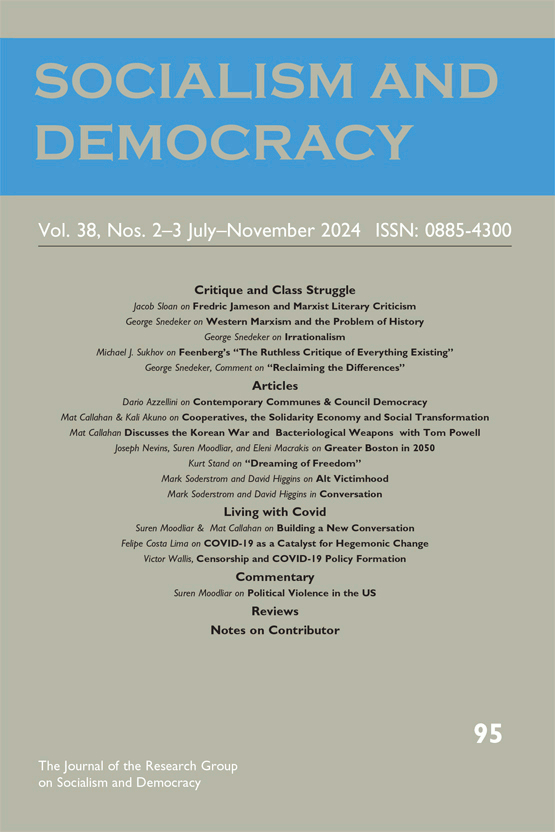In a world that viewed portrait painting as an affectation of the rich, Alice Neel (1900-1984) believed all people had a right to have a portrait painted. On canvas, Neel depicted everyday people in a way that dignified them and viewed them as agents for change. She gave her subjects both personality and character, a feat that revealed their capacity to endure and to struggle. They are never broken or demoralized. And now we have a glorious new exhibition of more than 100 of her paintings at the Metropolitan Museum of Art that brings her art to life and affirms the belated recognition she has received as one of the great painters of the 20th century.
Neel rejected abstract-expressionism, the prevailing style of painting, where people and their background disappeared or belonged to the artist. Like Van Gogh, Thomas Eaton, Robert Henri, Raphael Soyer and others, she employed social realism, a style of painting where the images in her paintings are recognizable. She vivified social realism by introducing expressionistic techniques: exaggeration, bold colors and, most important, painting directly onto the canvas. Her artistic choices associated her with a style of painting that had been discredited as the imposition of leftists and Communists. She didn’t retreat from that accusation, she embraced it and surpassed it. She insisted she was not just painting individuals. Through her subjects she intended, and often succeeded, to paint their times and circumstances. She declared: “When portraits are good art, they reflect the culture, time and many other things.” Famously, she argued, “Art is a form of history, painting is an historical act where one has the chance to know both the individual(s) and his/her times.” Late in her life, Neel called the collectivity of her paintings, “A monument to the people.”

